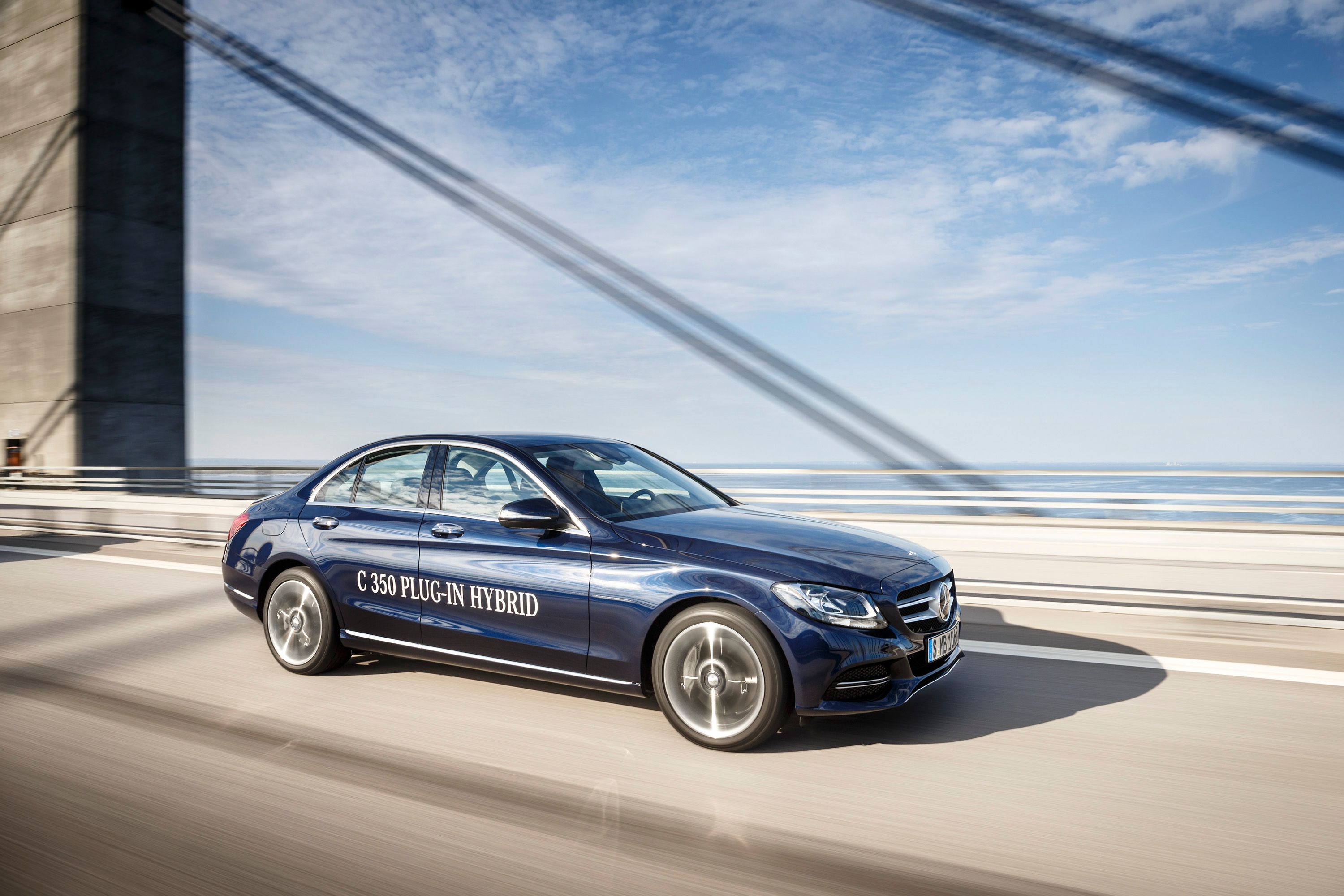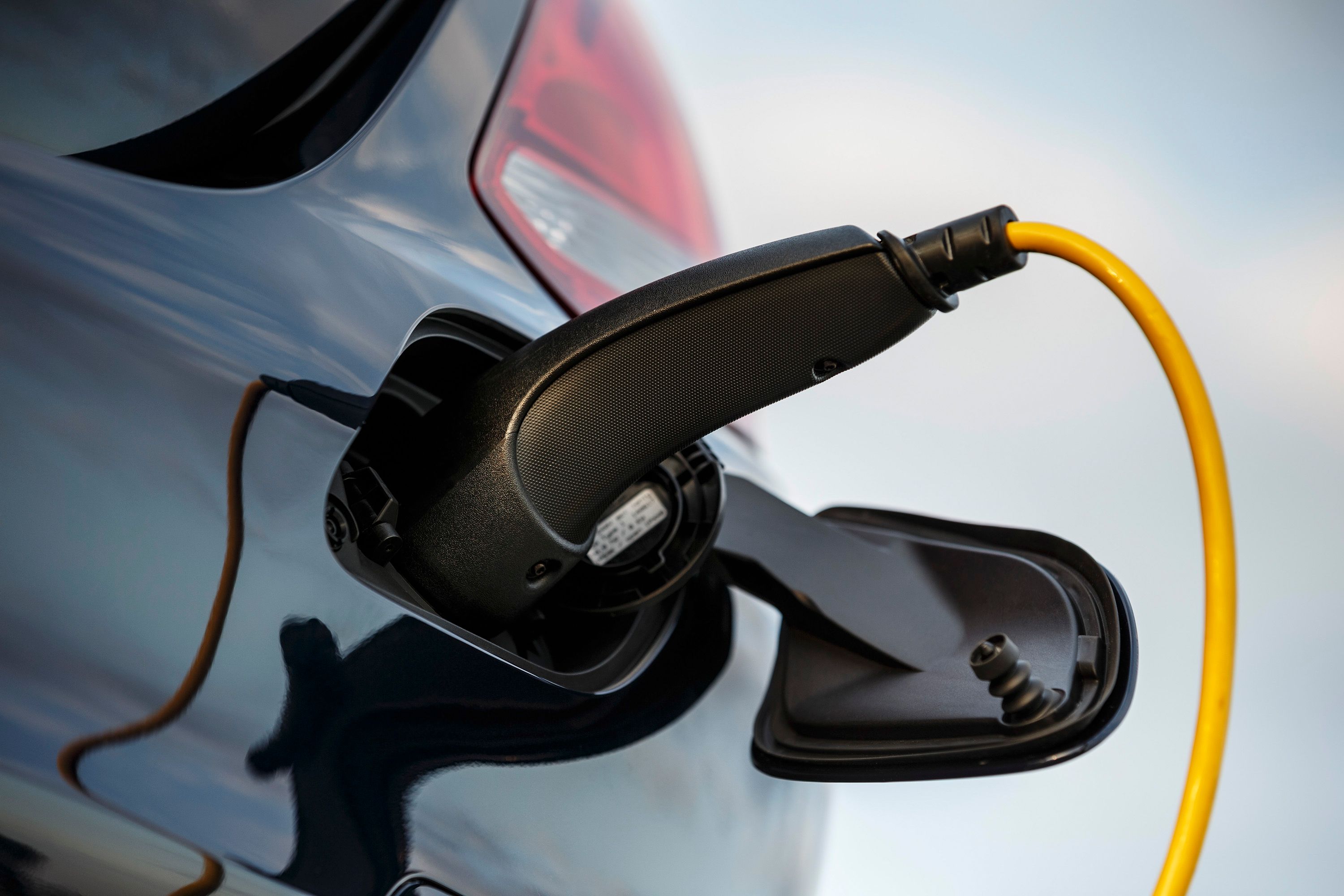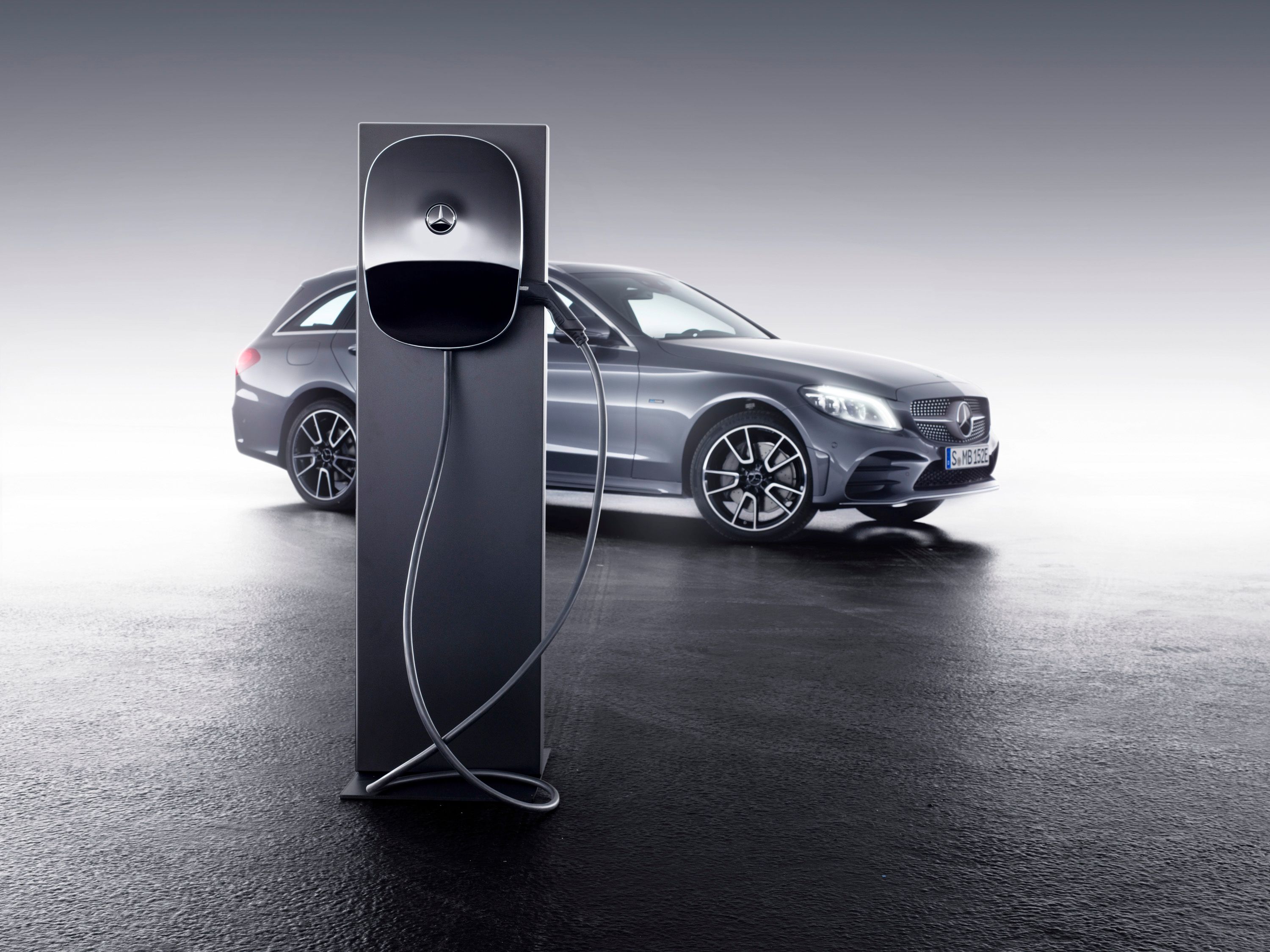Ever since it arrived at the 2018 Geneva Motor Show, the new Mercedes C-Class has been a regular topic of discussion in the auto industry. It’s tagged as a “facelift,” but it actually falls under the category of an all-new model given the number of changes it’s had compared to its predecessor. One of those changes is the addition of a diesel hybrid model, which will most likely be referred to as the “C 300 de.” It’s an unconventional move to fit a diesel with an electric motor, but it’s all part of the Mercedes experience. One of the features of this diesel hybrid powertrain is its torque output, something Mercedes says reaches 516 pound-feet of torque, exactly the same amount of torque that the AMG C 63 has.
It’s an unusual move to fit a diesel engine with an electric motor, but Mercedes has shown itself to be unpredictable from time to time. This one counts as one of those times. The C-Class diesel hybrid model is reportedly taking the C 300 de name. More importantly, it will feature Merc’s 2.0-liter four-cylinder diesel engine that produces 191 horsepower and 295 pound-feet of torque with an electric motor that produces around 121 horsepower and 325 pound-feet of torque of its own, to go with a 13.5 kWh battery pack. “The torque figure is really strong because you combine the 400 Nm (295 pound-feet) in the OM654 and 440 Nm (325 pound-feet) from the 90kW electric motor,” C-Class engineering chief Christian Fruh told Auto Express.
The massive torque numbers generated by the diesel engine and the electric motor adds up to a staggering 619 pound-feet of torque, a number that would blow the torque figures of the AMG C 63 out of the water. It sounds deliriously tasty having that much torque in a car, but Mercedes has no plans to offer that total because, according to Fruh, that much torque would “exceed the maximum capability of the gearbox.” As a result, the automaker is capping the C 300 de’s torque figures at 700 Nm (516 pound-feet), a figure that still stands in its own right.
Beyond its abilities, the diesel hybrid setup will also feature lower CO2 emissions than any C-Class variant in the market, including the line’s resident plug-in hybrid, the C 350 e. According to Fruh, the C 300 de will be able to post around 38g/km of C02 emissions, well below the 48g/km that the C 350 e produces. More importantly, the diesel’s expected CO2 footprint will fall comfortably below the current emissions regulations. It’ll also come with an all-electric range of around 31 miles, thanks in large part to an electric motor that’s strong enough to deliver a smooth ride at cruising speeds.
There’s no word yet on when Mercedes plans to launch the C 350 de, but expect it to arrive sometime this year, possibly in the second half of 2018.
References
Read our full review on the 2018 Mercedes C-Class.
Read more Mercedes-Benz news.



